|
Even though we're still in winter, now is the time to be thinking about how you will care for your yard this spring. There are several things you can easily take care of yourself, however, it can be beneficial to have a team of professionals take on the work so you know everything is being tended to in the right way and at the right times.
A professional landscape maintenance company can help you with:
If all of this sounds like a lot of work, or simply more than you care to do yourself, please give us a call at 541-729-8029 or email us. Our team of maintenance experts would be happy to help you prepare your yard for spring's beauty.
0 Comments
While the temperatures outside might be cold, spring will be here before you know it. Is your yard ready? Here are a few tips to help you get things in tip-top shape, so you have a beautiful space to enjoy with family and friends.
Assess your lawn Take a good look at your lawn and see if there are signs of disease, rot, or pests. Are there any bare areas or swampy areas? Now is an excellent time to start addressing those issues, so you have a good foundation for your spring lawn. Check your plantings With the cold temperatures, did any of your plantings sustain damage? Take this time to remove any dead plants and snip or trim off damaged limbs. If pruning is needed, this is a great time to get that done as well, plus it is easier to do without all of the leaves getting in your way. Remove debris and overgrowth Nothing quite feels like the freedom of a blank canvas. If your yard is buried beneath debris... extra pieces of lumber from last summer's projects, bricks from your old patio, play equipment the kids have outgrown, etc. OR if you can no longer see your yard because it is lost in overgrowth, this is a great time to clear that all away. Remove moss on hardscapes Winter brings a lot of wonderful things, but moss is not on that list. Give your pavers and other hardscape surfaces a good cleaning to make them safer (i.e., not slippery) and extend their lifespan. If you opt to powerwash this growth away, be extra careful not to destroy the material used in between blocks or stones that keep your surface stable. If all of this sounds like a lot of work, or simply more than you care to do yourself, please give us a call at 541-729-8029 or email us. Our team of maintenance experts would be happy to help you prepare your yard for spring's beauty. With winter officially upon us in a few days, it's time to take a serious look at your landscape maintenance for the season. Just a few steps taken now can ensure a healthy, beautiful yard come springtime.
Fertilizing your lawn and planted areas Adding fertilizer to your lawn and planted areas in the fall is an excellent way to give a boost to your plants, so you have a healthy, vibrant yard in the spring. Be sure to give your lawn and plants plenty of water after fertilizing so they don't "burn" and so that your fertilizer doesn't blow away. Pruning your trees Fall is a good time to prune your trees. Not only are trees dormant in the colder months, but it is also easier to see a tree’s structure when there are no leaves on the branches. Proper pruning is vital to the health of trees and plants, in part because it helps relieve stress on trees and keeps them growing. Spreading mulch One of the best things you can do to protect your newly planted fall bulbs, shallow root plants, and young trees, is to cover the soil around those items with a generous layer of mulch. As a general rule of thumb, it is best to lay down mulch somewhere between 2-4" deep, avoiding touching trunks of trees or stems of plants so you will avoid any rot or disease issues. Winterizing your irrigation Winterizing your irrigation is not difficult to do, but it must be done properly and before freezing temperatures hit to prevent costly damage. A few simple steps can prevent things like busted irrigation lines, damaged hose bibs, and ruptured pipes. Protecting your water features Similar to winterizing your irrigation, your water features may also need special protection from the colder weather. Generally speaking, it is okay to let your water features run year-round. There are two key considerations, though, to make this work. 1) your pump must have access to free-flowing, clean water at all times and 2) you must keep your pond or water feature free of leaves and other debris that could cause a blockage for your pump. Removing moss on hardscapes When snow and ice accumulate, moss and other unwanted growth can create extra slippery situations. Giving your pavers and other hardscape surfaces a good cleaning is both good for their lifespan, but also for preventing unwanted slips and falls. If you opt to powerwash this growth away, be extra careful to not destroy the material used in between blocks or stones that keep your surface stable. If this sounds like a lot of work, or simply more than you care to do yourself, please give us a call at 541-729-8029 or email us. Our team of maintenance and irrigation experts would be happy to help you care for your yard. Whether you hired a professional to update your landscaping or you did the work yourself, one of the most important things you should do is plan for maintenance. Unfortunately, many homeowners overlook this necessary step resulting in projects getting overrun with weeds and unwanted growth, or shortened lifespans for any woodwork or hardscapes. So, what should you think about for maintaining your investment?
What needs to be done? Before you start looking at maintenance services, take a good look at your property and do an honest assessment of what your yard contains. Do you have a wood deck or pergola? Do you have a water feature such as a pond or pool? What kinds of plantings do you have? In addition, think about how much work you are actually able and willing to do yourself. Many people have high aspirations of working in the yard to keep things beautiful but then life and/or work comes up and before you know it you have weeds three feet tall. Taking inventory, in this manner, can help you get a good sense of where you really need help. For instance, when was the last time you trimmed back your hedges or other plantings? Do you have woodwork that needs to be restained? How about your hardscapes, do they need to be resealed? Do you have loose stones or pavers? Once you have made your list, you're in a good position to bring in the experts. Talking with a maintenance professional, you can review your list and prioritize what needs immediate attention and what can be put off until later. He or she can also help you to determine if there are any underlying issues you might not be aware of or other items they see that you might have missed. How often should you do maintenance? In terms of frequency, everyone's property is a little different, and your needs may dictate a schedule that differs from that of your neighbors. However, working with a maintenance professional, you should be able to determine which items need weekly service (such as lawn care), what might be less frequent (such as fertilizing or pruning), and those items that might only be addressed every one to three years. What will maintenance cost? Costs for maintenance are driven by the scope of work to be performed and the frequency for which it is completed. Also taken into consideration is the level of difficulty or the amount of labor necessary for your maintenance services. Your maintenance professional can work with you to establish a scope of work, schedule, and budget that will meet your needs. Are there any special considerations? Sometimes we see customers who have access issues to their property, meaning there is very little egress for our crews to enter and do the work, especially with backyards. Pets are also to be considered so that you can take proper precautions for keeping them inside and away from our crew. We would hate for your pet to escape your yard or accidentally come in contact with any fertilizers, sealants, etc. Communication Lastly, make sure you establish the level of communication you would like to have with your maintenance professional. He or she wants nothing more than to make sure you are happy with the service you receive and so understanding ahead of time how often and in what way you'd like to be contacted is important. Now that we are heading into winter, maintenance might not be at the top of your mind but we hope this information helps. Winter maintenance can make for a better spring lawn and blooms. Please let us know if we can be of service. Contact the Graham Landscape & Design team today at 541-729-8029. As the fall months are in full swing, now is the perfect time to start planning what you would like to do with your landscape this coming spring. While that may seem months away, starting now gives you the necessary time to sketch out ideas, research costs and plan a budget, and find a professional to help you with the execution of your ideas. The following tips will help you get started.
Take measurements and map out your space. Before you start sketching out your ideas it is important to have a good understanding of what you have to work with. As best as you can, measure the dimensions of your space and map out where critical items are located, such as irrigation lines, gas or power lines, and key structural items like retaining walls, support beams, etc. While some of these items can be moved or altered, how you work around them could have a significant impact on your budget. In addition, having accurate measurements of your space will help you determine the scale of items that will work in your space so you don’t plan for something you might later regret. Decide on a style and research materials. One of the fundamental principles of creating an enjoyable space is harmony between all elements. Mixing too many styles together can make a landscape feel disjointed and thrown together. However, when your landscape features and plantings complement your home’s structure and stay within a set palette or style, you can achieve that harmonious aim and create a space you will enjoy living in for years to come. Determine your budget. Oftentimes homeowners underestimate the cost of their landscaping projects. Many times we see wishlists from clients with all of the features they want included, sometimes with sample products and costs included, but more times than not, clients forget to add in budget for design, labor, electrical, irrigation, or any padding for contingency. There is no one set dollar amount for a wooden deck, new pool, landscape renovation, etc. as every property and homeowner’s wishes are unique. But, you can get a rough ballpark of what a project might cost by consulting with your bank if you’re taking out a loan or by looking online at annual survey publications that provide national averages. Hire a professional. We fully support the DIY movement but there are some things in life where hiring a professional just makes sense. Landscaping is more than trees and grass so having a team on your side who understands and can anticipate the different elements involved with your project will save you time and money. Plus, when you hire a professional landscaping company the work should come with a guarantee — something you likely won’t get if you do tackle the project yourself and things go wrong. At Graham Landscape & Design, we have specialized teams of experts who can work with you through every step of your project, from the initial idea to the complete installation. We can even help you with ongoing maintenance so your project is as beautiful as it was on day one. Give us a call today to discuss your project. 541-729-8029 If you have irrigation lines on your property, there's a good chance you are subject to annual backflow testing.
Backflow devices (also known as RPZ valves) are installed on plumbing systems to protect your drinking water and the city water supply from contaminants. These are required to be in place if your home has an irrigation system, a pool or spa, an irrigated pond, a well, a fire suppression system, a large boiler, or heating and cooling systems. Specifically for irrigation systems, an example of contaminants entering the water system would be from things like fertilizers or pesticides sprayed onto your lawns or planter beds. If something happened, such as a water leak or water break inside your house, it would be possible for your water pressure to drop lower than that of your irrigation system. If there were contaminants in your water, they would then be free to flow into the water supply. That's not something you want to have happen and it is one of the major reasons why we have backflow devices on irrigation systems. A backflow device, in this situation, would instead open up and allow the water to drain out instead of backing up into the water supply, thereby protecting the quality of the water. If your property has a backflow device, you're required to have it tested annually to ensure it is in proper working order. The irrigation crew at Graham Landscape & Design is certified to perform backflow testing and repairs. If you've received a notice alerting you that it's time to be tested, or if you've never had your system tested, please give our irrigation team a call at 541-729-8029. Along with backflow testing, our crew can also help you with any winterization you might need for your irrigation system. To learn more about backflow devices and testing, visit EWEB's website: http://www.eweb.org/outages-and-safety/water-safety-in-your-home-or-business/backflow-prevention. If you traverse the same path in your yard over and over, consider adding a beautiful stone path. Not only will it elevate the attractiveness of your yard, but it will also cut down on any debris that might be tracking into the house from your shoes. Our design team and master installation crew can give you a beautiful and functional walkway that's right for your home. Give us a call today at 541-729-8029 to schedule a consultation with the Graham Landscape & Design team.
One of the best times of the year to introduce new plantings to your yard is the fall — the soil is still warm, creating faster root growth and plants get a head start on next year's growth. In addition, by next summer, your plants will have larger, more established root systems which will help them to be more drought-tolerant, and they'll produce better flowers in their first year.
Perennials If your summer annuals are looking tired or overgrown, there are a number of late-season flowers that can really brighten up your yard. A few great choices include asters, daisy-style plants, yarrow, and salvias. Because the middle of fall has more mild temperatures, these plants tend to do really well. Something you might not know, however, is that the majority of cold-hardy perennials thrive with fall plantings because their root systems grow all winter and emerge in the spring, ready to blossom! But, if you have poorly drained soil, you may want to wait until spring to plant perennials that require good drainage, such as lavender. If you're into bulbs, it is also time to get them in the ground! Daffodils, hyacinths, tulips, alliums, crocus, and many other varieties planted now will make for a great display next spring. If you want a little color while you wait, you can plant pansies in your flower beds around where the bulbs will sprout. Vegetables If you enjoy vegetable gardening, late August or early September is a time to start a fresh round of cool-season and overwintering crops. Varieties you can plant now include lettuce, spinach, other greens, broccoli, cauliflower, garlic, and onions. Your Lawn Late summer or early fall is also a great time for renovating your lawn. Dethatching is typically done this time of year, removing the dead matter underneath the growing grass and aerating the soil below. Doing this allows us to assess how full your lawn really is and if it needs to be reseeded, overseeded, or replaced with sod. Trees, Shrubs, and Fruit While these items can be planted other times throughout the year, the fall is best when the soil is softer and easier to dig, and the temperatures are also cooler. But, beware of caterpillar damage as that can be high in the fall. If you're not sure what to do with your yard or if this sounds like too much work to tackle on your own, please let us know. Our team of landscape experts can create for you a yard to enjoy all season long. Give the Graham Landscape & Design team a call at 541-729-8029. This is the time of the year when most of us like to spend time outdoors, relaxing with friends. If you're into backyard entertaining, one of the most important things you can do is add lighting. Not only is it practical, but it's also one of the easiest ways to transform a beautiful yard or garden into a magical backyard. We see homeowners put so much care and attention to detail for the hardscapes, the plantings, and the focal points, that sometimes the lighting is forgotten. Here are a few tips for how and where to incorporate lighting into your landscape design.
The very first thing you will want to consider is how and where you will enjoy your landscape in the evening hours. If you like to entertain, consider overhead lighting around your hardscape areas. If you can put the bulbs on a dimmer, you can also control the amount of brightness depending on the time of night. Overhead lighting can be as simple as stringed holiday lights or elaborate with hanging lanterns. The options for overhead lighting are almost limitless, and our design team can help you find a solution that is right for your backyard. Next, consider how and where people will walk through your landscape. Making sure there is adequate ground lighting is critical to ensure safety for you and your guests. You can use low voltage lighting in a variety of ways, from small lanterns tucked into the foliage to pavers that light up embedded into your hardscape edges. Last, but not least, take a look at your landscape and take note of the key features of your design. Do you have an ornamental or signature tree? How about a fountain or pond? Adding low-voltage lighting to the perimeter, as well as uplighting, is an excellent way to draw attention to these beauties, even in the dark. Once you have a plan in mind, you'll want to work your landscaper to map out the lines for where the irrigation and the electrical will run. Most electrical wiring is laid such that it blends with your plantings and so that it is protected from the elements. And, as for how much electrical draw you will need, your landscaper will work with an electrician to make sure the proper adjustments are made to your household electrical system. If your landscape doesn't include any lighting and you would like to explore your options, please let us know. The Graham Landscape & Design team can work with you to find a solution to bring nighttime enjoyment to your landscape. Please give us a call today at 541-729-8029. Summer sure made it here in a hurry! With the temperatures rising quickly, water conservation will be big again this summer. Keeping that lawn green and lush requires water, water, and more water. But, you want to check that your watering is doing the job efficiently so you don’t overwater or have sprinklers missing their mark. Here are a few water conservation tips you can use with your property:
Whether you want to cut your watering by up to 50%, or if you want to give your lawn that extra drink, we can help. At Graham Landscape & Design, our team of irrigation and design experts can help you reach your water conservation goals. Please give us a call at 541-729-8029. |
OUR BLOG
Check here to see what we've been up to! Categories
All
|
|
|
Copyright © Graham Landscape Maintenance & Design LLC in Eugene Oregon. All rights reserved.
LCB # 8920 541-729-8029 34024 Old Willamette Hwy S., Eugene, OR 97405
Offering Landscape Design and Maintenance in Albany, Coburg, Corvallis, Cottage Grove, Eugene, Junction City, Roseburg, Springfield, Veneta and Surrounding Areas
LCB # 8920 541-729-8029 34024 Old Willamette Hwy S., Eugene, OR 97405
Offering Landscape Design and Maintenance in Albany, Coburg, Corvallis, Cottage Grove, Eugene, Junction City, Roseburg, Springfield, Veneta and Surrounding Areas
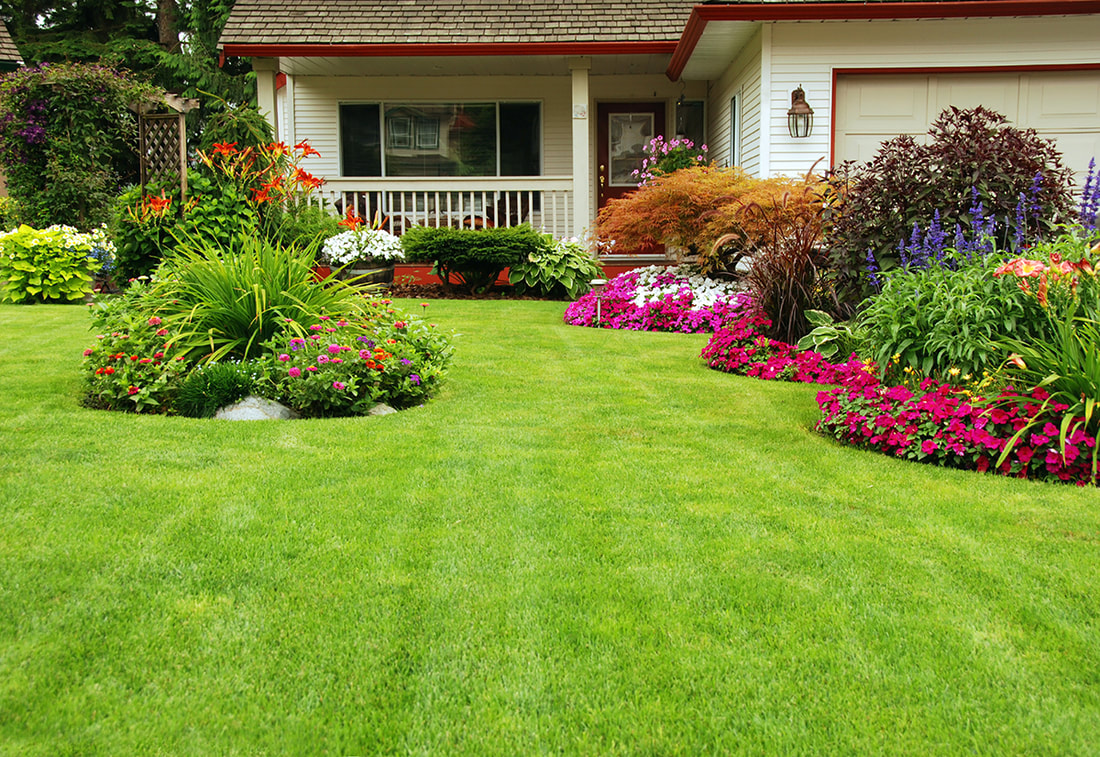
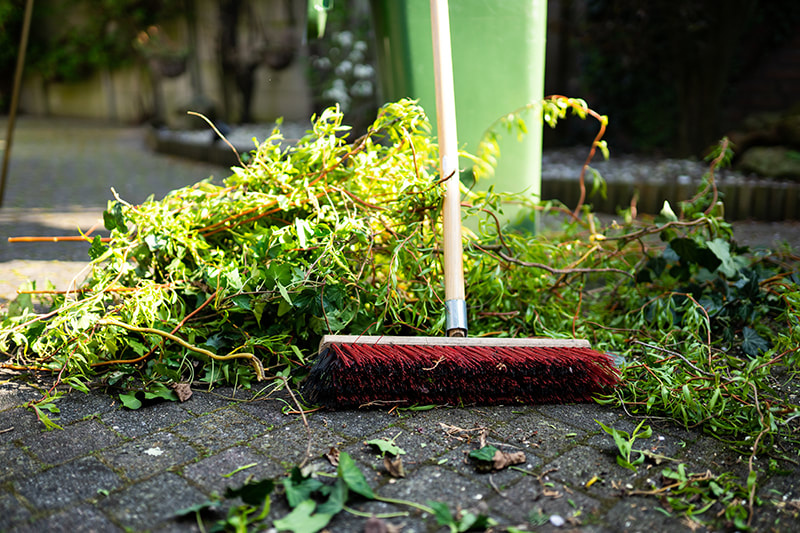
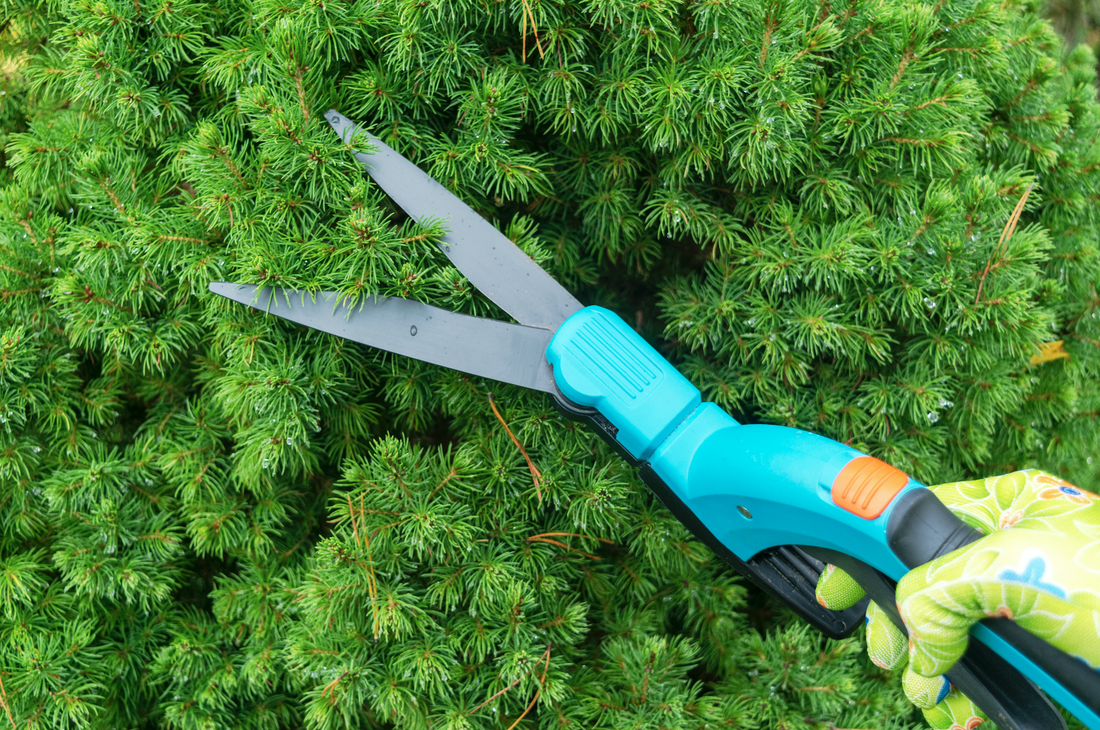
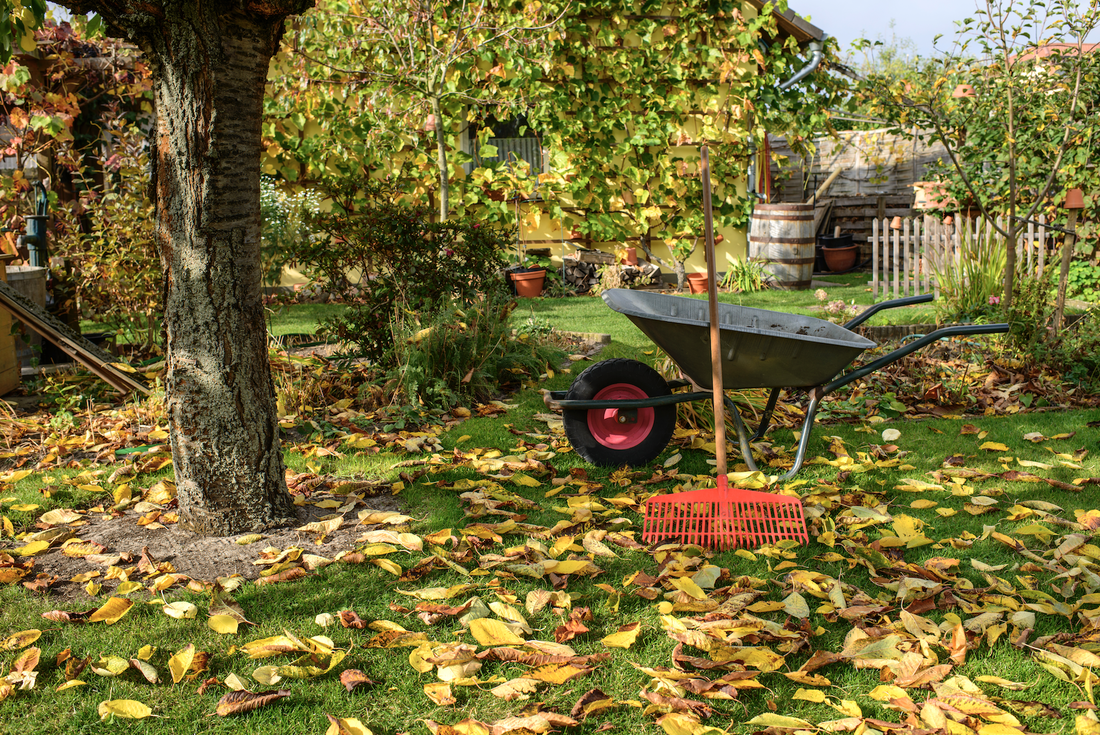

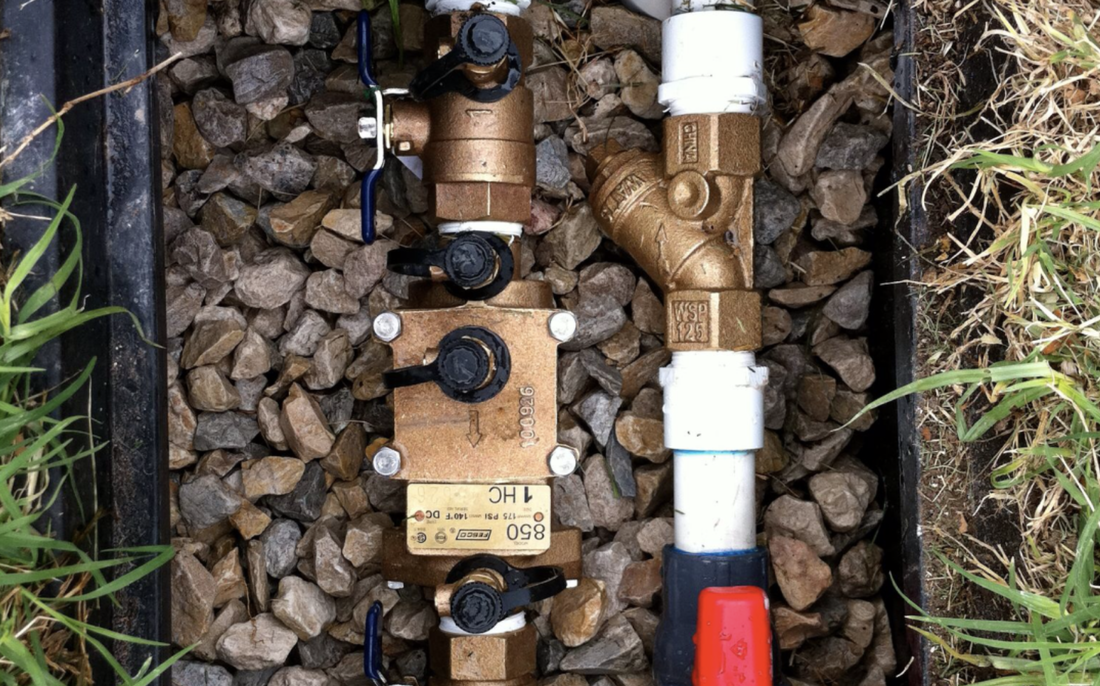
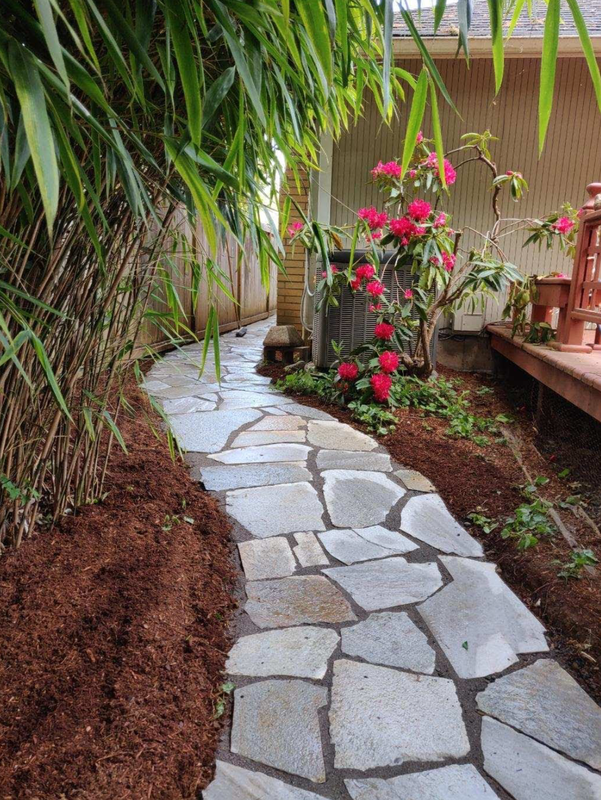
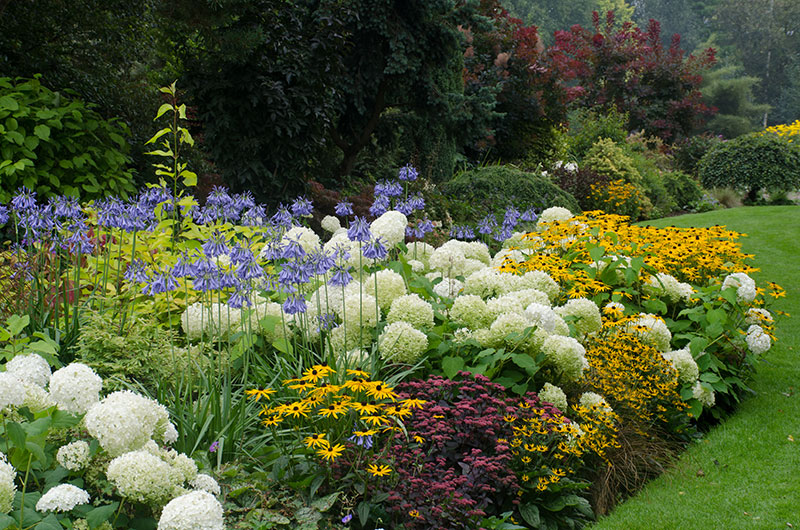
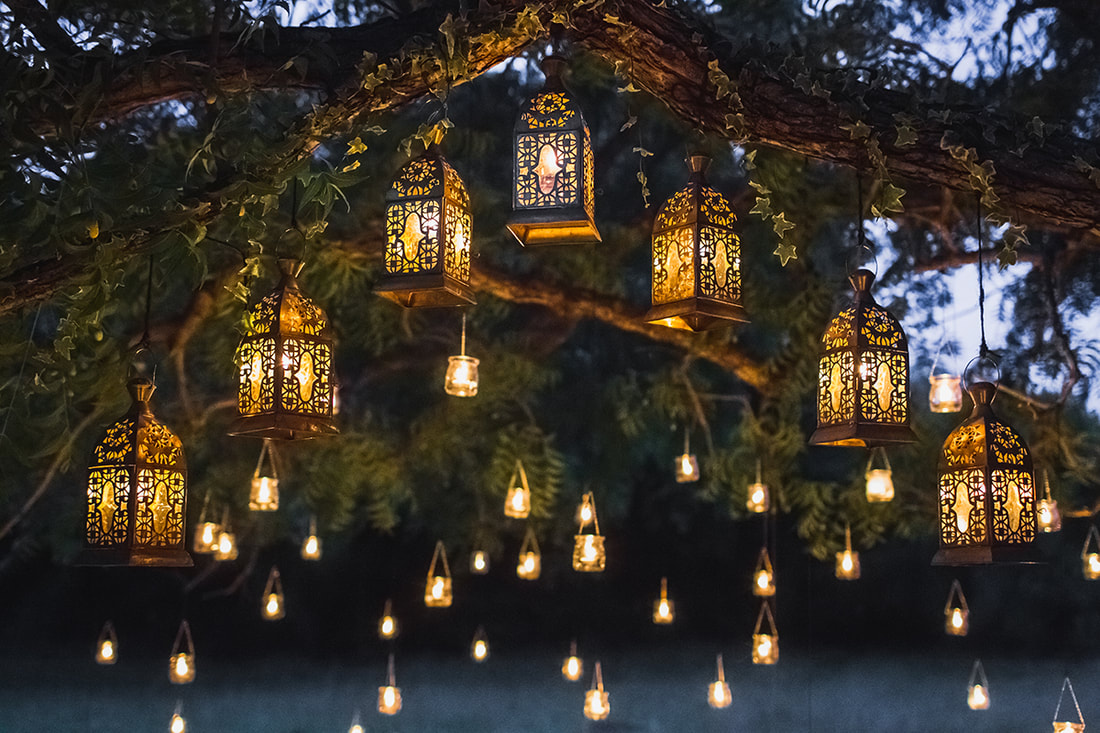
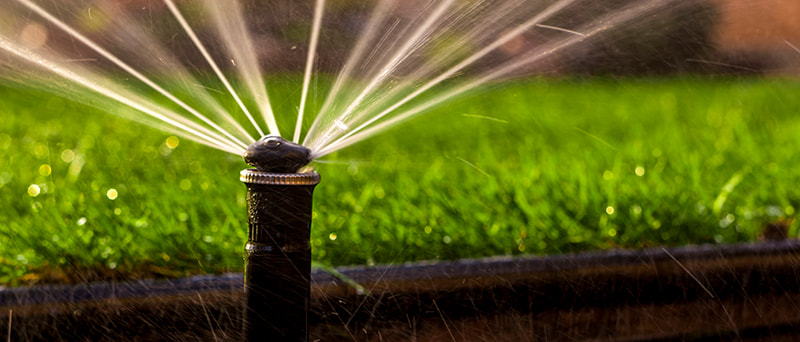
 RSS Feed
RSS Feed
